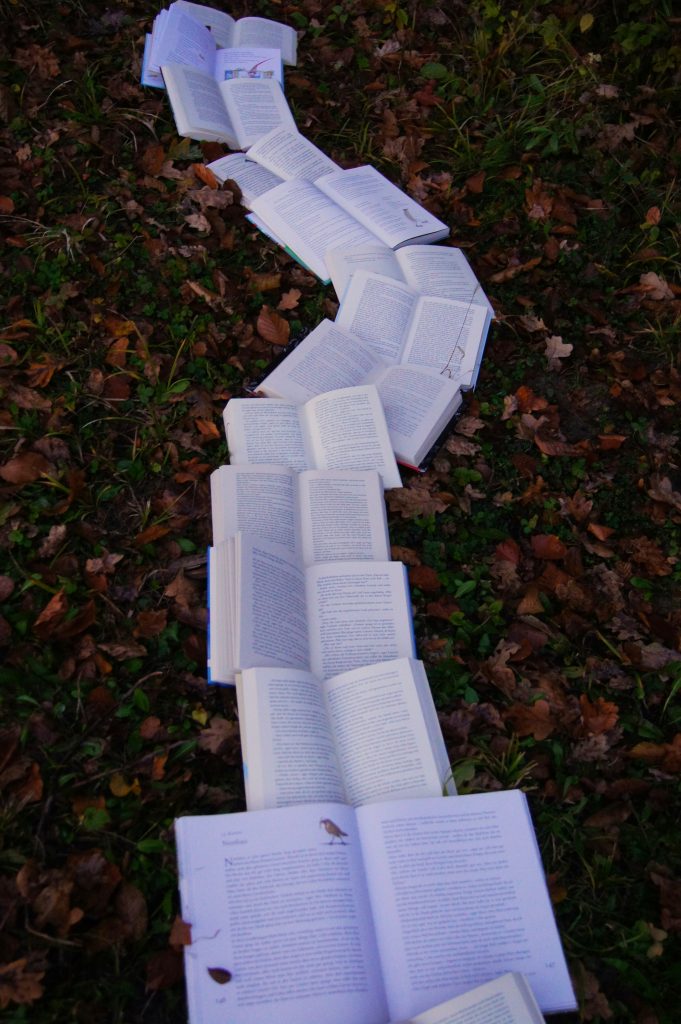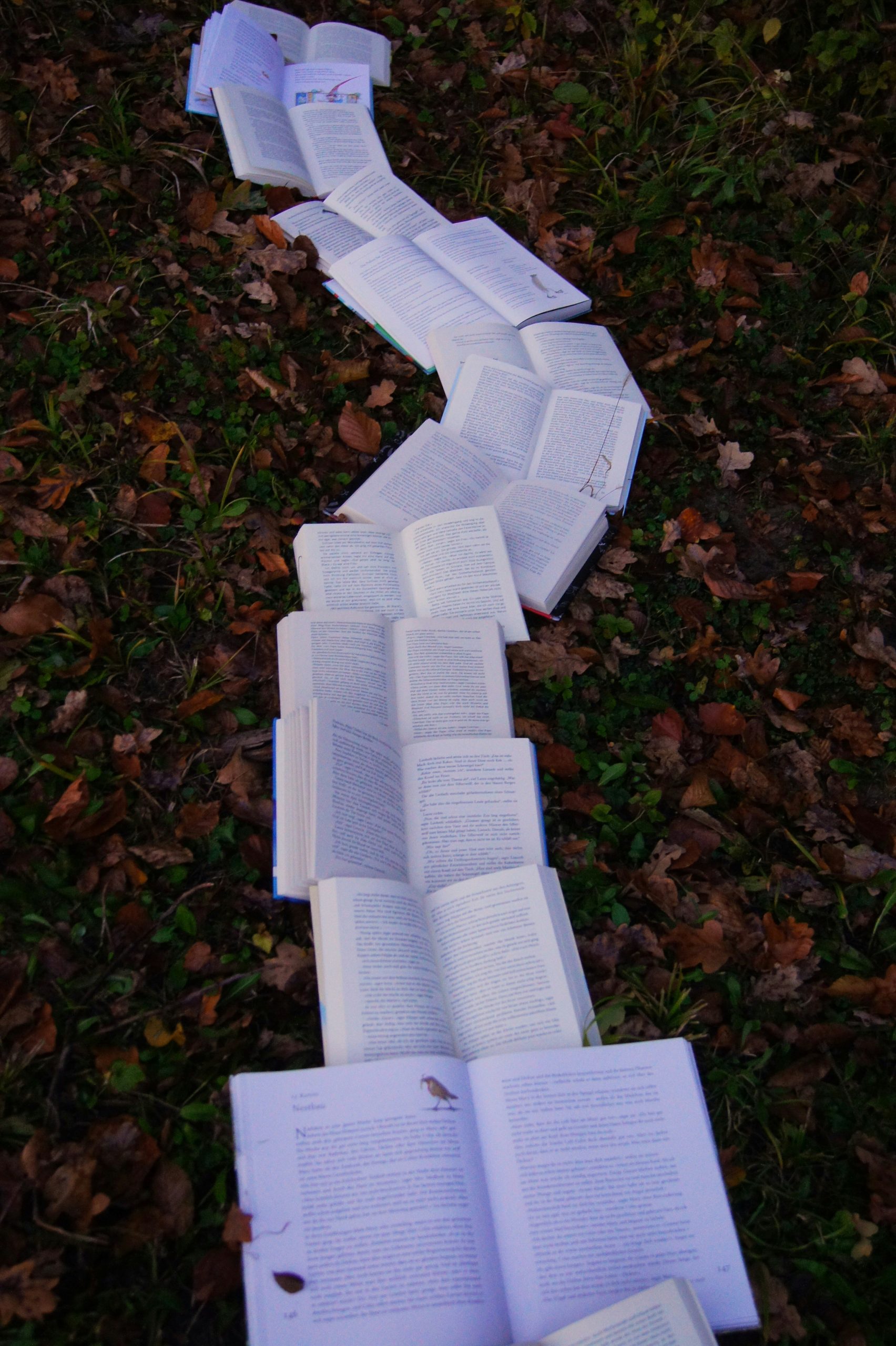If you’re a dedicated reader, you undoubtedly know the little rush of pleasure when you find a good book that you can’t put down and then discover it is part of a series, promising a succession of similar experiences awaiting you in the near future. It hit me first when I was 15 and came across The Hornblower Saga, a 9-volume tale of the British navy during the Napoleonic Wars, and I damned near died of happiness when I discovered there were three large novels following The Hobbit.
But the joys of reading a series pales beside the advantages of writing one.

Most times, an author knows they’re dealing with multi-volume series from the outset. I knew The Paladin Trilogy was going to be a three-volume set from the beginning, but I really had no idea that it would lead to a second trilogy, The Gorgorin Wars. Other times, a novel just doesn’t seem to want to end, opening possibilities and opportunities that you just can’t ignore. House Amongst the Dunes was a quirky little story with some beloved characters that I couldn’t resist writing, and by the time I got around to writing the Epilogue, it was clear I wasn’t done with these folk.
Indeed, the biggest pleasure in sequels is being able to continue writing about people you love. It’s revisiting old friends, but even further, it’s learning more about them, their strengths, their foibles, their quirks, their internal conflicts and their external struggles. You can delve into their backgrounds, but only as it relates to their development into who they become; history for history’s sake should be left to textbooks. Tolkien proved that with The Silmarillion.
Another huge advantage is continuing and expanding the world. It’s not really through history (see above) nor geography (real or imagined) but rather through color and detail. The Harry Potter books were at their best when they were introducing new and fascinating things, whether it be Doobie the house elf or inter-school competitions. It deepens the feel for and appreciation of the settings. As a writer, you feel more confident of your footing, having already sketched out the details in the earlier works, and that helps your mind and heart launch into flights of fancy…and isn’t that ultimately what novels are? You can venture across that frozen lake reasonably confident the ice isn’t going to crack beneath your feet, and the reader follows you, secure that you know where the hell you’re going. Even if you don’t. After all, adults are just big kids trying to act grown up so as not to scare the little kids.
Inextricably tied to characters and settings is the plot. This is the real key to trilogies or series, the ongoing action that needs to be tied to the previous works and yet are new and intriguing. In the best cases, you build on the previous material, increasing the tension as you reveal an ever expanding – and ever more threatening – plotline. Or it can simply be a greater understanding and appreciation of the themes developed in the earlier works. I’m always asked if the book can “stand on its own” without the need to read the earlier work first. To my mind, if the answer to that is no, then you’re dealing with a trilogy. If the answer is yes, then that’s a series. My own definition, of course, but it works.
A final word on timing. There is no written or unwritten code on the time gap between sequels, and I suppose longer gaps and even generational gaps might have justification. But I’ve always found that the action is more intense the shorter that gap is. Indeed, The Gorgorin Wars begin quite literally at the exact ending of The Paladin Trilogy with a very direct causal effect that powerful launches that fourth novel. The time frame from the start of the first book in the series to the end of the sixth book is less than three months. This brings a sense of urgency for both reader and characters, a desire to lose not a minute, an axiom of good writers, military leaders, and overworked parents throughout history.

Incidentally, a series doesn’t have to be about the characters or even about the setting. When I was writing Pharaoh’s Mountain, I once considered a couple of subsequent novels that followed the history of the huge amount of gold that had been buried with the Pharaoh Khufu, examining the impact that such a massive amount of wealth could have on other generations of people down to this very day. Essentially, the gold was the uniting character of the series. Intriguing idea, but I have to say, there are some books I am glad I didn’t write.
So, there it is! The great part about sequels is the author knows what they’re writing and readers know what they’re getting. And publishers get a sense of the return they can expect on the novel. See? Everybody wins!

Leave a Reply